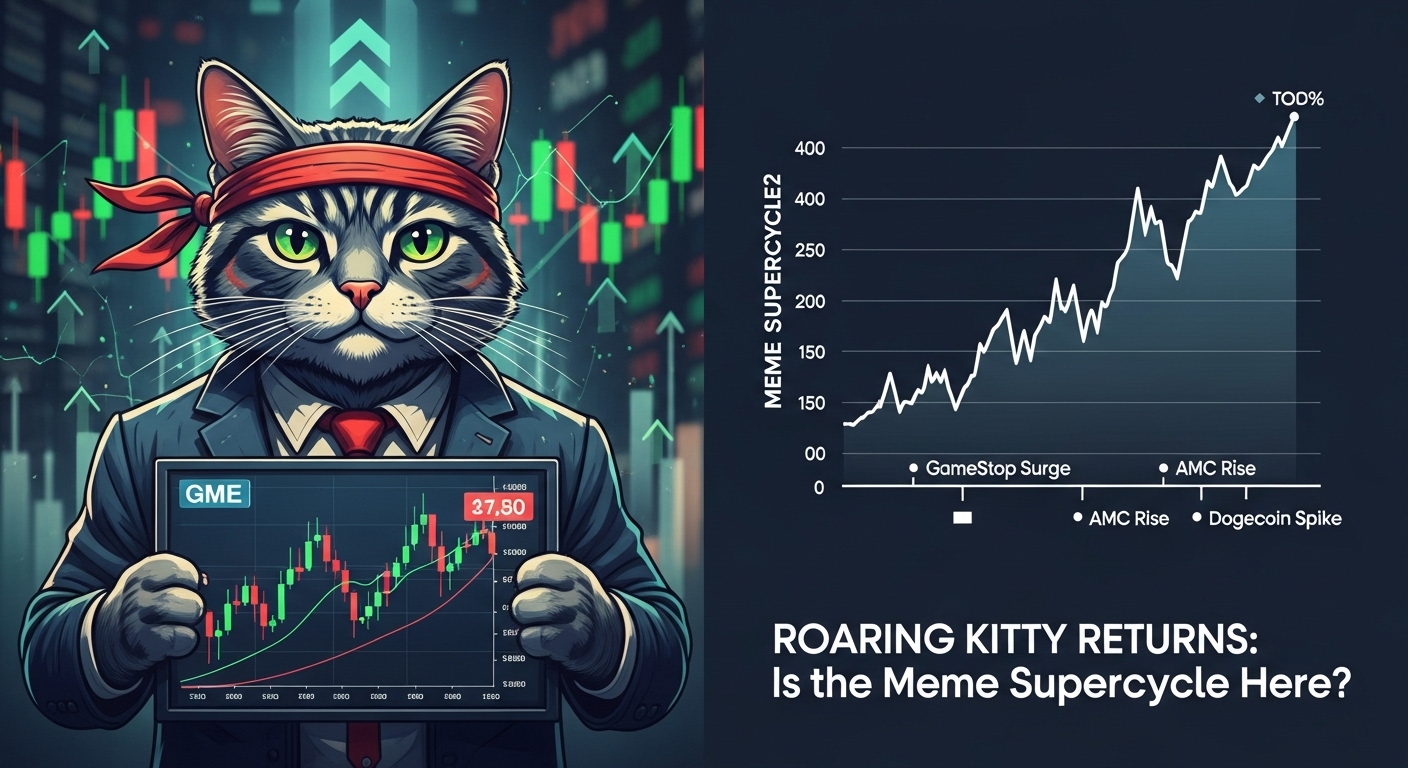Ever seen a crypto whale splash? 🐋💦 When they move, the waves are felt across the entire crypto ocean. From sudden Bitcoin dumps to massive Ethereum buys, whale activity often signals something BIG. But what does it actually mean for everyday investors like us? Let’s dive in!
Who (or What) Are Crypto Whales? 🐳
Crypto whales are individuals or entities that hold a large amount of cryptocurrency. Think addresses with thousands of BTC, ETH, or other altcoins. These wallets often belong to:
1️⃣ Early adopters who bought crypto when it was dirt cheap
2️⃣ Crypto exchanges holding funds for users
3️⃣ Institutional investors or funds
4️⃣ Projects holding treasury reserves
Why Does Whale Activity Matter? 🌊
Because they hold massive assets, whales can move markets. When a whale buys or sells in bulk, it can cause price spikes or crashes. Even a wallet moving funds can trigger speculation and FOMO or FUD.For example: If a whale sends BTC to an exchange, people often assume a sell-off is coming. If a whale withdraws from an exchange, it may signal long-term holding (aka bullish behavior).
How to Track Whale Movements 🔍
Luckily, the blockchain is public — you can spy on whales using tools like:
1️⃣ Whale Alert (Twitter + website alerts for big transfers)
2️⃣ Etherscan & Solscan (track wallet activity)
3️⃣ Nansen (label and monitor smart money wallets)
4️⃣ Lookonchain (deep dives on wallet behavior)
Recent Whale Moves: What’s Happening Now? 📰
In the past few weeks, we've seen:
📉 BTC whales moving to exchanges — triggering short-term price drops
📈 ETH whales accumulating – especially before ETF news
💼 Stablecoin whales (USDT, USDC) loading up – possibly to buy the dip
🔁 Altcoin whales rotating into Solana, AVAX, and Chainlink
What It Could Mean (And What It Doesn’t) 🧠
Whale movements aren’t always signs of market doom or moon. Sometimes, they’re just internal wallet shifts or OTC deals.But sudden activity before major news (like Fed announcements, ETF filings, or network upgrades) can mean whales are prepping for a move — and they often know more than the average retail investor.
How Should You React? 💡
1️⃣ Don’t panic — use whale data as one signal, not gospel
2️⃣ Cross-check with news, sentiment, and on-chain data
3️⃣ Watch for patterns, not one-off events
4️⃣ Avoid emotional trading — whales love shaking weak hands!
When Whales Team Up 🐋🐋🐋
Sometimes, multiple whales act in coordination — intentionally or not. This can create large swings or fakeouts. Coordinated pumps or dumps might:
🔺 Drive up prices before retail FOMO
🔻 Crash markets to accumulate cheap tokens
🔁 Create exit liquidity by shaking confidence
Whale Strategy Tips for Retail Investors 🧭
Want to survive (and thrive) in whale-infested waters? Try this:
✅ Set stop-losses and take profits
✅ Use DCA (dollar-cost averaging) to avoid timing stress
✅ Follow whale wallets, but don’t mimic blindly
✅ Think long-term, especially with blue-chip assets
Final Thought: The Whales Will Keep Swimming 🌊
Whales are part of the crypto game — always have been, always will be. The key is to learn from their moves without getting swept away.With the right tools, some critical thinking, and emotional discipline, you can navigate the tides like a pro. 🧘♂️📈








